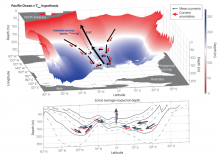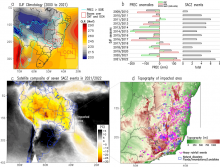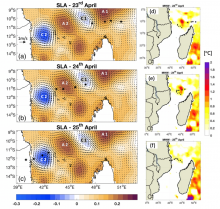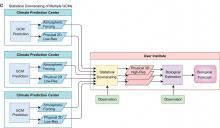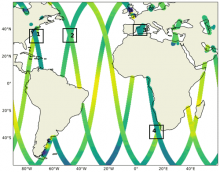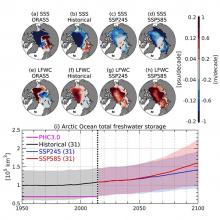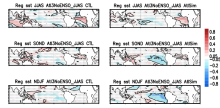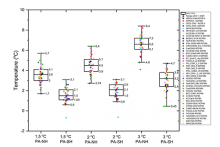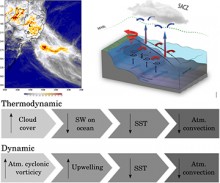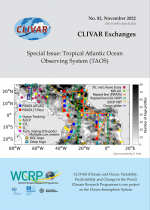Tropical Pacific Decadal Variability Mechanisms
Submitted by admin on Thu, 2024-01-04 08:51The Tropical Pacific Decadal Variability (TPDV) Working Group of the CLIVAR Pacific Region Panel recently published a review paper that evaluates our understanding of the mechanisms behind TPDV. No final consensus exists on the relative importance and efficacy of the mechanisms, but the tropical ocean adjustment to varying wind forcing likely plays a key role in the origin of decadal timescales. These processes are elucidated in this review paper which is a product of rigorous discussions at several virtual meetings over the span of two years since the working group’s establishment in May 2021.





